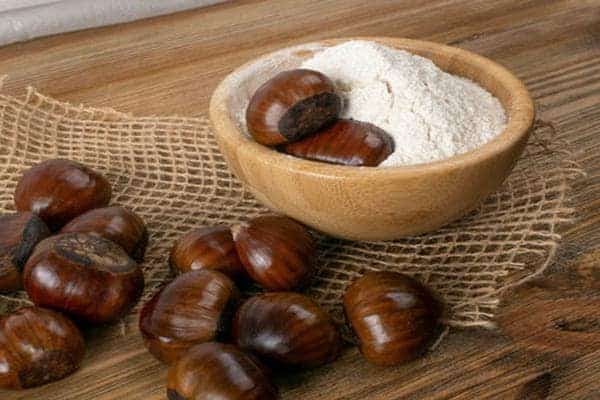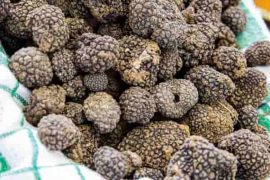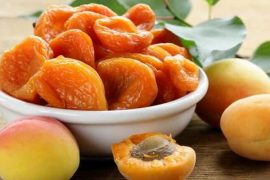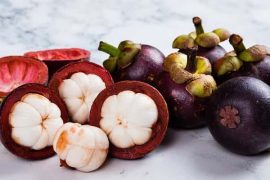Зміст
Store shelves are filled with different types of flour, which may be a healthier alternative to wheat flour, but is often avoided due to its gluten content. Among them, chestnut flour is worth mentioning – an extremely healthy and nutritious product that does not contain gluten. Its consistency does not differ much from the most popular flower, except that it has a pleasant nutty smell and a slightly sweet taste. Chestnut flour also has a number of health benefits. It is an excellent source of protein and fiber, as well as B vitamins, which support the proper functioning of the nervous system. It also strengthens the body’s immunity, speeds up metabolism, and lowers blood pressure and cholesterol levels. What other valuable properties does chestnut flour have? Why is it worth eating?
Chestnut flour production.
Chestnut flour is made by grinding edible chestnuts. They originate from Turkey and the Middle East, from where they eventually spread to Western Europe. They are very popular, especially in Italy, where they are cultivated and processed by many local communities. First, the chestnuts are dried for about 40 days, and then they are sorted – the most beautiful ones are put, including in candies, and the rest is used to make flour. It resembles a wheat product, has a velvety consistency, and products made from it are very plastic. In addition, chestnut flour has a characteristic nutty smell and a slightly sweet taste. At the same time, it surpasses wheat flour and other types in nutritional value and medicinal properties.
Nutrients in Chestnut Flour
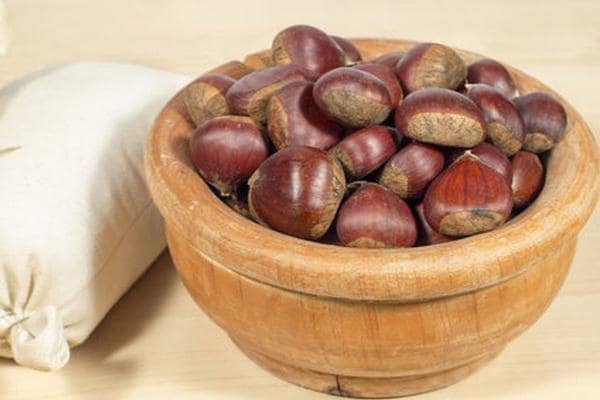
The flavor and quantity of nutrients make chestnut flour one of the best sources of energy. It contains a lot of proteins and carbohydrates, but is low in fat – most of them are unsaturated fatty acids. It is quite high in calories (370 kcal per 100 g), but high in fiber. As a result, the sugars it contains are slowly absorbed, saturate longer and do not cause a sudden rise in blood glucose levels. Chestnut flour also contains many valuable elements, including magnesium, copper, potassium, phosphorus, and calcium. In addition, it contains B vitamins (especially B6), vitamin C, sucrose, malic and citric acids, and folates. Chestnut flour is gluten-free, which is why it is appreciated by people struggling with it intolerances, celiac disease and other metabolic problems.
Chestnut flour properties
Due to its rich composition and nutritional value, wheat flour should be replaced with chestnut flour, or at least mix the two. Chestnut flour has a great effect on the state of the whole organism, especially on the processes of the digestive system.
Due to its high fiber content, it stimulates the intestines and speeds up the metabolism. It also makes you feel fuller for longer and promotes the absorption of vitamins and minerals. Dietary fiber also lowers bad cholesterol, and potassium regulates blood pressure. Therefore, chestnut flour has a positive effect on the functioning of the heart and circulatory system. It prevents atherosclerosis, heart attack and other cardiovascular diseases.
Edible chestnut flour is also good for the nervous system, as it contains unsaturated fatty acids and B vitamins. It improves brain function, improves thought processes and concentration, and supports memory. It also contains antioxidants that increase immunity and fight free radicals that contribute to the development of diseases of civilization. The magnesium and phosphorus present in it, in turn, ensure the correct structure and development of bones.
Using chestnut flour.
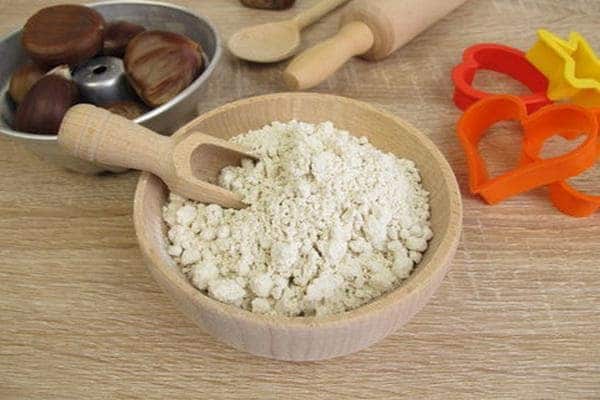
Chestnut flour can be used to make a variety of dishes. It will successfully replace wheat flour, because the kneaded dough is also highly plastic. You can also combine these flours to make your food better. Chestnut flour is ideal for baking breads, savory snacks, cakes, cookies and muffins. You can also make delicious pancakes, waffles, pancakes or omelets. Chestnut flour is more suitable for sweet dishes, but you can also use it to thicken soups and sauces without any problem. Then they will acquire a specific aromatic taste.
Where can you buy chestnut flour?
Chestnut flour is not yet as popular as other flours, so it is not often found in supermarkets. You can buy it from online and health food stores. Unfortunately, chestnut flour is not the cheapest product, and you have to pay from 10 to 30 zlotys for 250 g. You should also prepare such flour yourself by baking pre-cut chestnuts in an oven preheated to 180 degrees for 25 minutes. When the skin starts to peel, lower the temperature to 50 degrees and dry the chestnuts for several hours. Then just grind them in a coffee grinder or blender.


